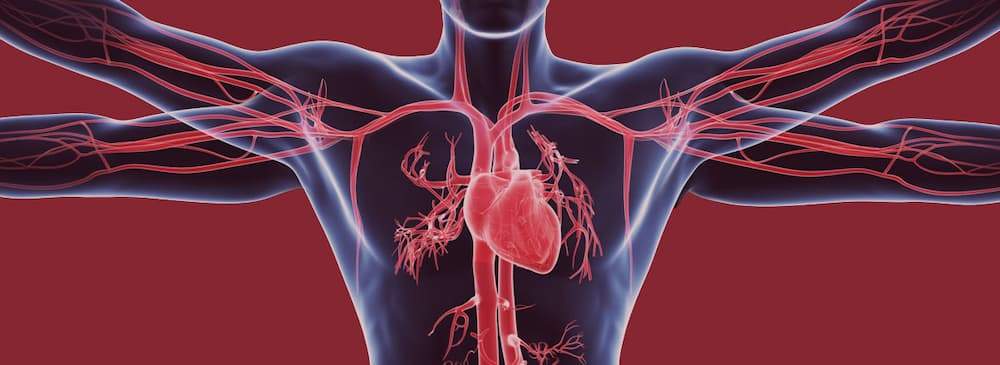We are in the midst of a profound change in the way healthcare is being provided outside of hospitals: the rise of the physician-owned clinic model. The combination of accessibility, payer endorsement (Medicare/Medicaid), medical technology enhancements, and the dramatic success of the ambulatory surgery and urgent care center approach has encouraged a new generation of physician entrepreneurs. In addition, the positive response of patients who consider themselves enlightened consumers has emboldened many physicians to see themselves in a new light, no longer under the shadow of much larger healthcare institutions.
The case of the endovascular office-based lab (OBL) or access center illustrates what is happening, including new opportunities for enterprising vascular surgeons. Significant technology developments, ranging from drug-coated balloons to atherectomy catheters, now enable physicians to safely manage vascular disease in outpatient settings. In fact, preliminary surveys indicate that the risk of infection is lower in outpatient OBLs when compared to inpatient settings. This innovation has led to a proliferation of vascular OBLs across the US. There are currently more than 600 endovascular outpatient clinics operating in the US, with 30 new vascular OBLs opening each month.
The market opportunity is clear and investors, especially private equity groups (PEGs) with billions of dollars in “dry powder,” are taking notice.
Entrepreneurial vascular physicians wanting to avoid the challenges of self-funding their expansion should consider at least two of the possibilities for leveraging their clinics in the current environment:
- Recapitalization with an equity partner: PEGs and other similar investors typically want to become partners with physician-managed vascular OBLs, whether in a majority or minority ownership role. They want to support the growth and diversification (e.g. wound care) of the OBL with the clinical leadership of the physician, while offering financial backing and possibly “back office” expertise (e.g. a new CFO). The benefits to the physician owner can be multiple: added capital for rapid expansion; mitigation of risk by “taking some chips off the table”; and the chance of a greater financial return when the enterprise is sold to another company in the future.
- Sale: Depending on the age and life status of the physician-owner, a complete sale may be a preferred option. There are increasing numbers of strategic and financial buyers who see acquisition as the optimal way to add to an existing endovascular operational platform, considering both size and geographical parameters. In this scenario, a transition period for the physician-owner is often negotiated to insure continuity with patients and referral sources, as well as clinical quality.
There are undoubtedly some challenges in the vascular OBL marketplace, including the evolution of reimbursement in the Medicare/Medicaid sphere, but this is a normal part of any disruptive economic environment. According to Arlen Meyer, MD, President of the rapidly growing Society of Physician Entrepreneurs: “Top-down innovation is being replaced by community-based innovation that comes from the trenches, not from academics.” This is certainly an accurate assessment of the post-acute healthcare world - and it is especially true in today’s vascular OBL marketplace.
